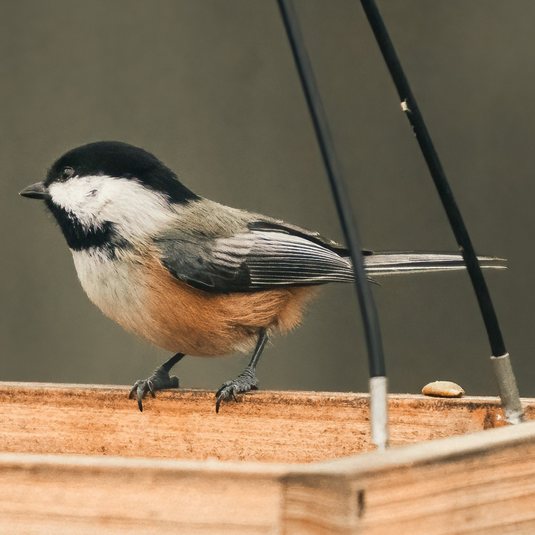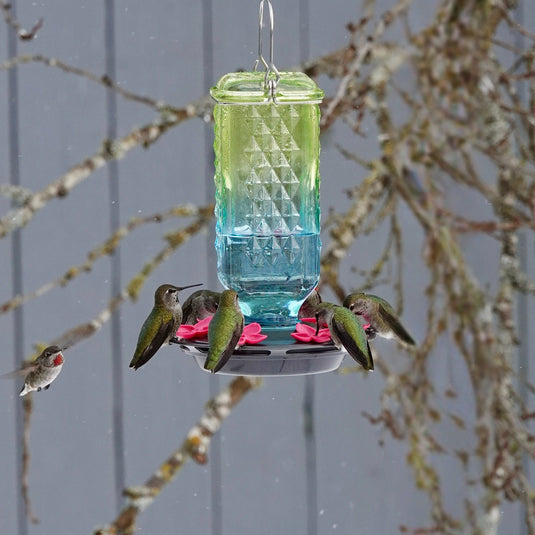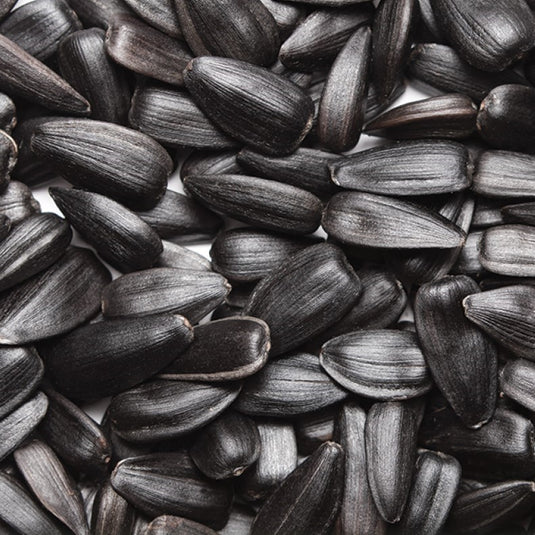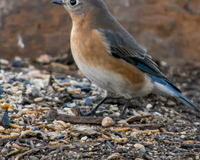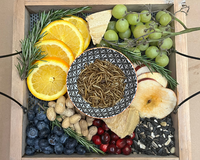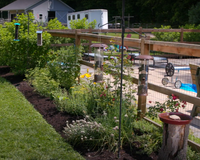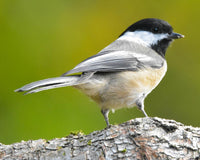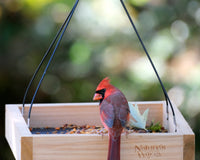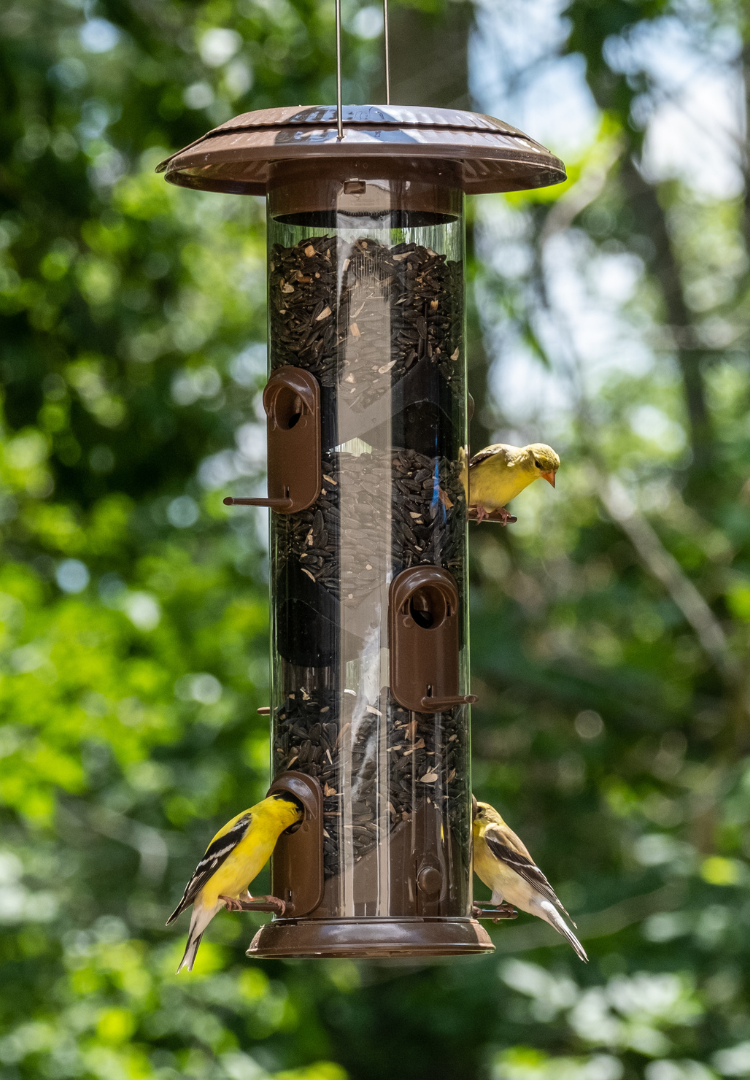Popular articles
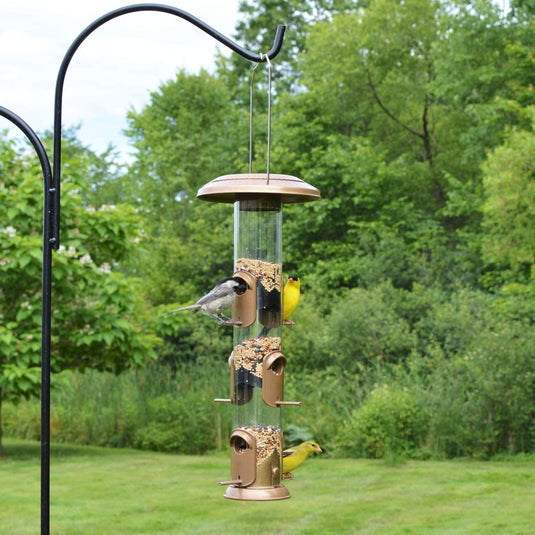
How to hang a bird feeder
If you’re looking for the best location to hang your bird feeder, setting up your first bird feeder, or adding a new bird feeder to your bird feeding station, these bird feeder hanging ideas will set you up for success!
Blog
-

Bird Feature: Pine Siskin
Identifying the Pine Siskin: Pine Siskins are small, slender finches (about 4½ - 5 inches long) with heavily streaked brown and buff plumage. Their pointed, conical bills help them feed... -

How to make a suet wreath for birds
Invite your birds to join in on the holiday festivities! This DIY wreath is sure to bring joy to your backyard birds this season. Watch the full tutorial on our... -

Best bird feeders for finches
With their cheerful songs, bright plumage, and lively personalities, finches bring color and energy to any yard. These small seed-eating birds are a joy to watch as they flit about... -

3 of the most common finches in the United States and Canada
Cheerful, colorful, and full of personality, finches are some of the most familiar and beloved backyard birds across North America. From the bright yellow American Goldfinch to the rosy hues... -
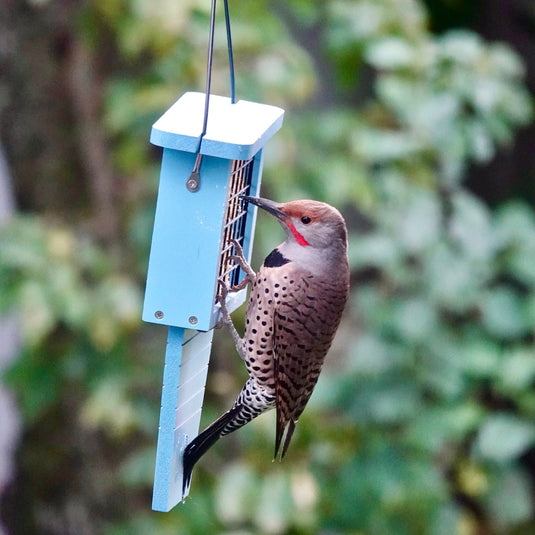
Best bird feeders for woodpeckers
Woodpeckers are some of the most fascinating backyard visitors! With their bold markings, drumming calls, and acrobatic feeding style, they are fun to watch and a rewarding challenge to attract.... -
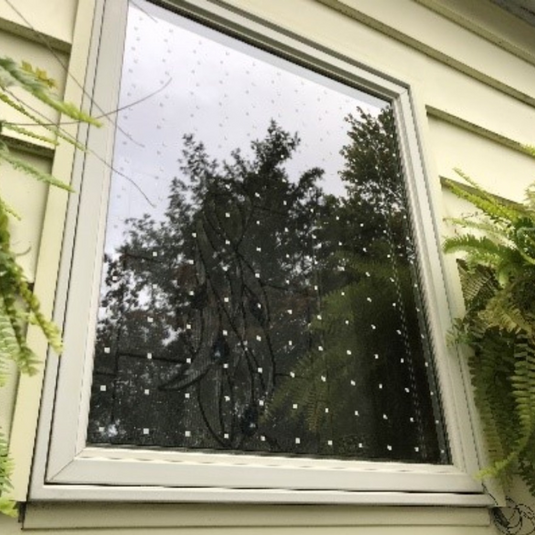
What to do if a bird hits your window
Each year, up to 1 billion birds die in North America after colliding with windows. According to the U.S. Fish & Wildlife Service, window strikes are the second leading cause... -

Bird Feature: Common Grackle
Identifying Common Grackles: Common Grackles are medium-sized blackbirds with a long, lanky body and a sharply pointed bill. While at first glance they may appear to be a uniform glossy... -

Bird Feature: European Starling
Identifying European Starlings:European Starlings are stocky, medium-sized birds with short tails, long pointed bills, and a dark, iridescent sheen that shifts between green and purple in bright light. In breeding... -

How to attract bats
Bats are often misunderstood, but these fascinating creatures are incredibly beneficial to the environment. Attracting bats to your garden or backyard can provide natural pest control, with many species capable... -

Bird Feature: Carolina Wren
Identifying Carolina Wrens: Carolina Wrens are small but portly birds with a round body, large head, and very little neck. The long tail, often cocked upward, and long slender downcurved... -

How to feed birds without a yard
Living in an apartment or a home without a yard doesn't mean you have to miss out on the joys of birdwatching. With a few thoughtful strategies, you can create... -
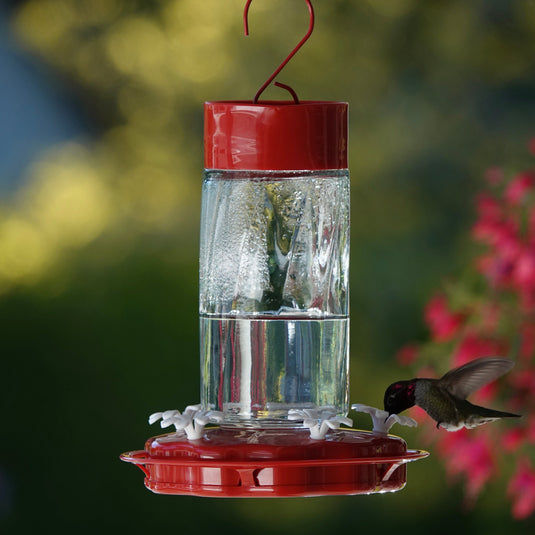
Hummingbird nectar 101: Everything you need to know about feeding hummingbirds safely
Pictured: Anna’s Hummingbird feeding from Scarlet Swirl Gravity Hummingbird Feeder Want to attract more hummingbirds to your yard? The secret is simple: offer fresh, homemade hummingbird nectar made with just sugar...

